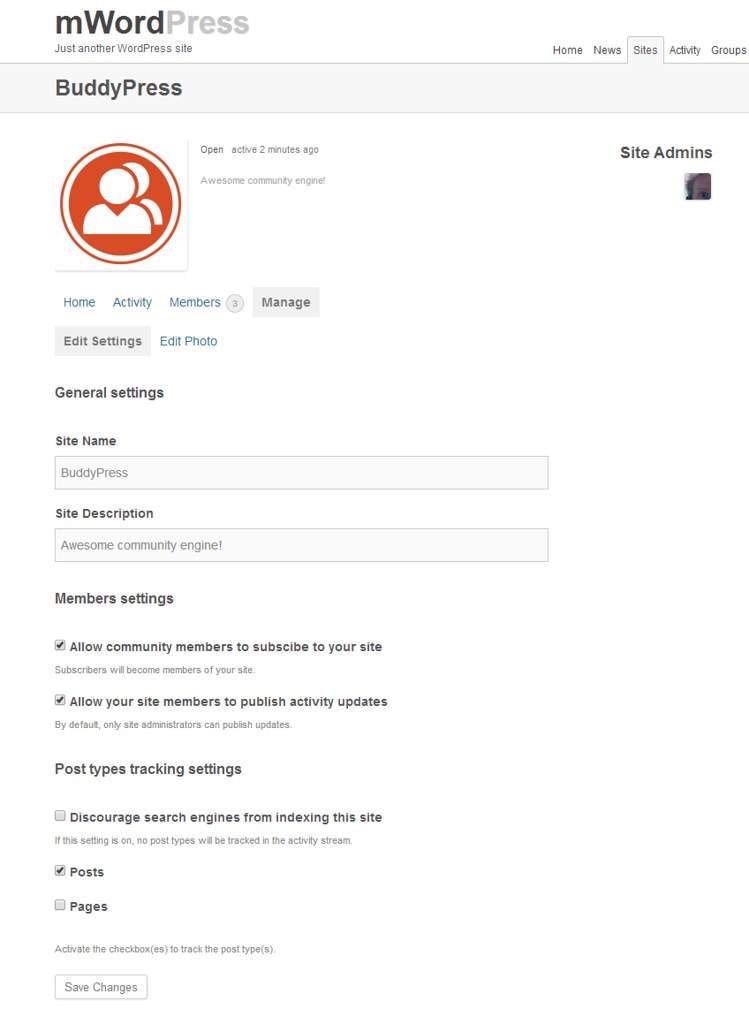

- #Uncaught cannot locate dom node given to new filedrop class verification
- #Uncaught cannot locate dom node given to new filedrop class code
Some browsers implement a new event API, "ems", while others only implement the old event API, "DataTransfer.files". The current drag event API isn't cross-browser compliant - at least, not as far as I can see. Of course, even if I simplify the drag-and-drop model, the adventure isn't over. This way, there is literally only a single "leaf" DOM (Document Object Model) node that needs to respond to "dragover", "drop", and "dragleave" events. Essentially, the moment that I see a drag operation start, I'm going to render an empty, "fixed position" element that sits above all other elements and covers the entire viewport. For this demo, I'm going to attempt to side-step the issue by using a "drag shield". Other people increment and decrement counters in order to eliminate the noise from the descendant nodes. Some people use timers to try and reduce all of the DOM events down into a single event.

There's no "right way" to handle this complexity. This makes it significantly more challenging to figure out if any given element is the target of an active drag operation. And, unlike the "mouseenter" and "mouseleave" events, the "dragenter" and dragleave" events both bubble-up in the DOM. The drag-and-drop event workflow is an adventure! The "drag" event fires continuously.

This output event will be picked-up by the App component, which will simply render the emitted file content to the App view. Then, if the user drops the Text File onto the drop zone component, I want the component to read in the text-content of the file and emit it as an "output" event.
#Uncaught cannot locate dom node given to new filedrop class code
View this code in my JavaScript Demos project on GitHub.įor this exploration, as the user drags a Text File onto the browser, I want to activate a drop zone component with a call-to-action to drop the file. For more information, see the Append method.Run this demo in my JavaScript Demos project on GitHub. For more information, see the PrependChild method.Īppends an XmlAttribute node to the end of the attribute collection associated with an element. If the node being added is an XmlDocumentFragment, the entire contents of the document fragment are moved into the child list of this node. For more information, see the AppendChild method.Īdds the node to the beginning of the list of child nodes of the given node.

For example: node.InsertAfter(newChild, refChild) For more information, see the InsertAfter method.Īdds the node to the end of the list of child nodes for the given node. node.InsertBefore(newChild, refChild) For more information, see the InsertBefore method. For example, to insert the new node in position 5: XmlNode refChild = node.ChildNodes // The reference is zero-based. The table lists the methods with a description of where the new node appears in the XML Document Object Model (DOM). Once new nodes are created, there are several methods available to insert them into the tree. For information on how namespaces affect the expansion of entity references, see Namespace Affect on Entity Reference Expansion for New Nodes Containing Elements and Attributes. For creating entity references, see Creating New Entity References.
#Uncaught cannot locate dom node given to new filedrop class verification
For information on element and attribute name validation, see XML Element and Attribute Name Verification when Creating New Nodes. Other node types have more requirements than just providing data to parameters.įor information on attributes, see Creating New Attributes for Elements in the DOM. The following methods need a name and a few other parameters filled to create an appropriate node: To create a node, supply the method with a name, when required, and content or other parameters for those nodes that have content (for example, a text node). The XmlDocument class has a create method for all of the node types.


 0 kommentar(er)
0 kommentar(er)
